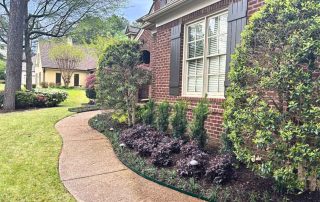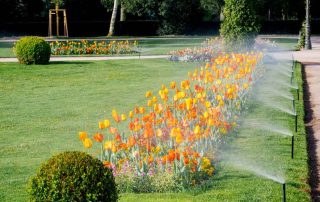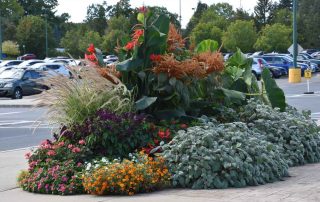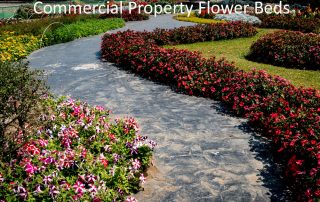Outdoor Common Area Design: A Guide for Commercial Property Owners and Urban Planners
Pugh's Earthworks In the realm of commercial property development and urban planning, the functionality of Outdoor Common Area Design is pivotal in defining the character and appeal of spaces. Whether it is an outdoor hospital common area that provides a serene retreat for visitors and patients, an inviting and vibrant outdoor HOA common area, or a meticulously planned outdoor retail center common area that enhances shopping experiences, Pugh's Earthworks understands the design of these spaces demands thoughtful consideration. This guide aims to offer valuable insights and strategies for commercial property owners, urban planners, and HOA members who are looking to elevate outdoor common areas in various settings, including hotels, parks, and industrial centers. Understanding the Role of Outdoor Common Areas Outdoor common areas serve as communal hubs that foster social interactions, relaxation, and connectivity with nature. These spaces can significantly impact the perceived value and functionality of commercial properties. From outdoor hotel common areas that offer guests a tranquil oasis to outdoor park common areas that encourage community engagement and physical activity, the benefits of well-designed outdoor spaces are manifold. Key Principles of Effective Outdoor Common Area Design Sustainable Design and Green Infrastructure - Incorporating sustainable design principles and green infrastructure is no longer optional; it is a necessity. Sustainable design in outdoor common areas focuses on minimizing environmental impact through the use of eco-friendly materials, energy-efficient lighting, and water-conserving landscapes. Green infrastructure, including permeable pavements, rain gardens, and green roofs, plays a crucial role in managing stormwater, reducing urban heat islands, and enhancing biodiversity. Versatility and Flexibility - Outdoor common areas should cater to a wide range of activities and functions. This can be achieved by incorporating versatile furniture, movable planters, and modular elements that can be easily reconfigured to accommodate events, gatherings, or simply provide varied seating and interaction opportunities. Accessibility and Inclusivity - Ensuring that outdoor common areas are accessible and inclusive is paramount. This includes adhering to ADA guidelines, providing ample seating and shade, and designing spaces that are navigable and comfortable for individuals of all ages and abilities. Incorporating tactile and sensory elements can also enhance the experience for users with disabilities. Connection to Nature - Biophilic design principles, which seek to connect individuals more closely to nature, have been shown to improve mental well-being, reduce stress, and increase overall happiness. Incorporating natural elements, such as water features, native plants, and trees, into outdoor common areas can create more healthful and restorative environments. Case Studies and Best Practices Outdoor Hospital Common Area: Hospitals have reported great benefits from redesigned outdoor common areas to include healing gardens, walking paths, and meditation spaces. This transformation leads to improved patient outcomes and staff satisfaction, showcasing the power of nature in healthcare environments. Outdoor HOA Common Area: HOAs have reported tremendous improvements in their common areas by introducing community gardens, a multipurpose sports court, and shaded pavilions, fostering a stronger sense of community and encouraging outdoor recreation among residents. Outdoor Retail Center Common Area: Retail Centers report a redesigned outdoor space to include [...]










